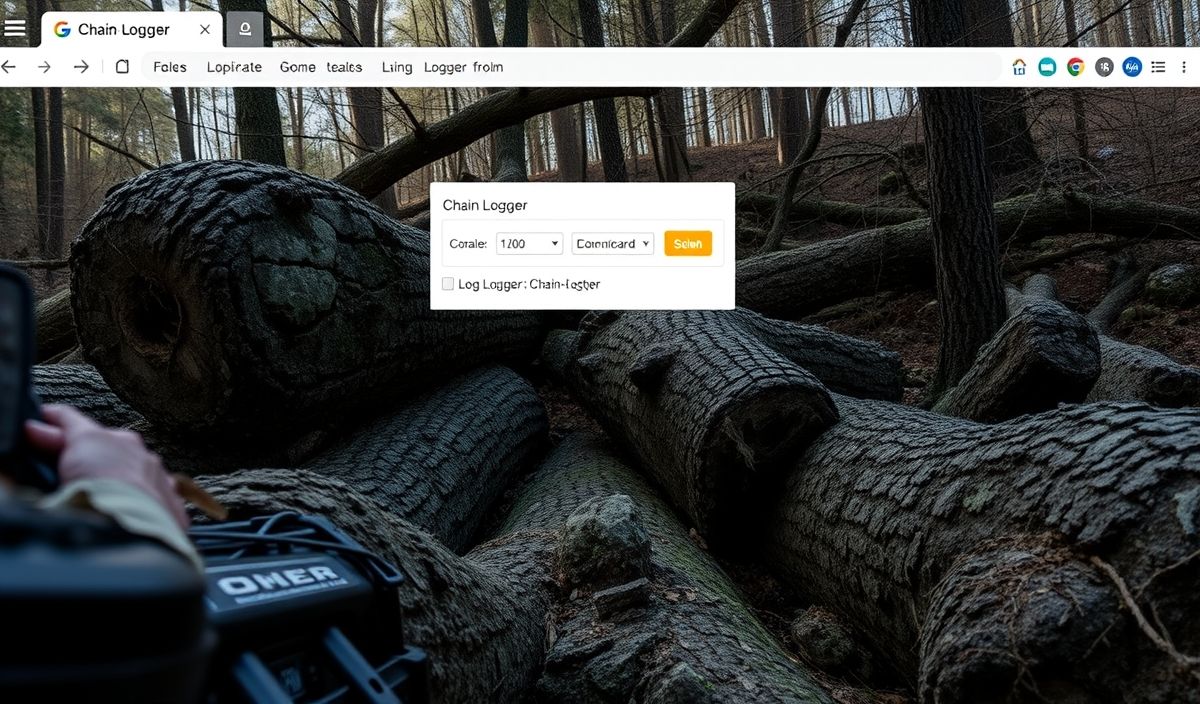Introduction to Regex Parser
Regex parser is a powerful tool used to analyze and manipulate strings based on regular expressions. In this guide, we will explore the regex-parser library, showcasing dozens of useful API functions with practical code snippets.
API Examples
1. Importing the Regex Parser
First, you need to import the regex-parser to start using its functions:
import regex_parser as rp
2. Matching Strings
You can test if a string matches a pattern using match function.
pattern = r"\d+"
string = "12345"
result = rp.match(pattern, string)
print(result) # Output: True
3. Searching Strings
Use search to find a match anywhere in the string:
pattern = r"\d+"
string = "abc123xyz"
match = rp.search(pattern, string)
if match:
print(f"Found: {match.group()}") # Output: Found: 123
4. Finding All Matches
Extract all matches of a pattern in a string with findall:
pattern = r"\d+"
string = "123 abc 456 def 789"
matches = rp.findall(pattern, string)
print(matches) # Output: ['123', '456', '789']
5. Splitting Strings
Split a string by the occurrences of a pattern using split:
pattern = r"\d+"
string = "abc123def456ghi"
parts = rp.split(pattern, string)
print(parts) # Output: ['abc', 'def', 'ghi']
6. Replacing Substrings
Replace parts of the string that match a pattern using sub:
pattern = r"\d+"
string = "abc123def"
new_string = rp.sub(pattern, "-", string)
print(new_string) # Output: "abc-def"
7. Compiling Patterns
Compile regex patterns for better performance with compile:
pattern = rp.compile(r"\d+")
matches = pattern.findall("123 abc 456")
print(matches) # Output: ['123', '456']
8. Using Named Groups
Use named groups for more readable regex patterns:
pattern = r"(?P\d+)"
string = "123 abc 456"
match = rp.search(pattern, string)
if match:
print(f"Named group 'digits': {match.group('digits')}") # Output: Named group 'digits': 123
Application Example
Simple Log File Analyzer
Let’s build a simple log file analyzer that extracts error messages using the regex-parser library:
import regex_parser as rp
log = """
INFO: Starting application...
ERROR: Failed to connect to database.
INFO: Retrying connection...
ERROR: Connection timed out.
"""
error_pattern = r"ERROR: (.+)"
errors = rp.findall(error_pattern, log)
for error in errors:
print(f"Error message: {error}")
# Output:
# Error message: Failed to connect to database.
# Error message: Connection timed out.
With these examples, you can start leveraging the regex-parser library to efficiently process and analyze strings using regular expressions.
Hash: 66c91bb39a9c358b2044fc4ae18d2456ff5e3ec3adf0e96eb64571eb9addb705




